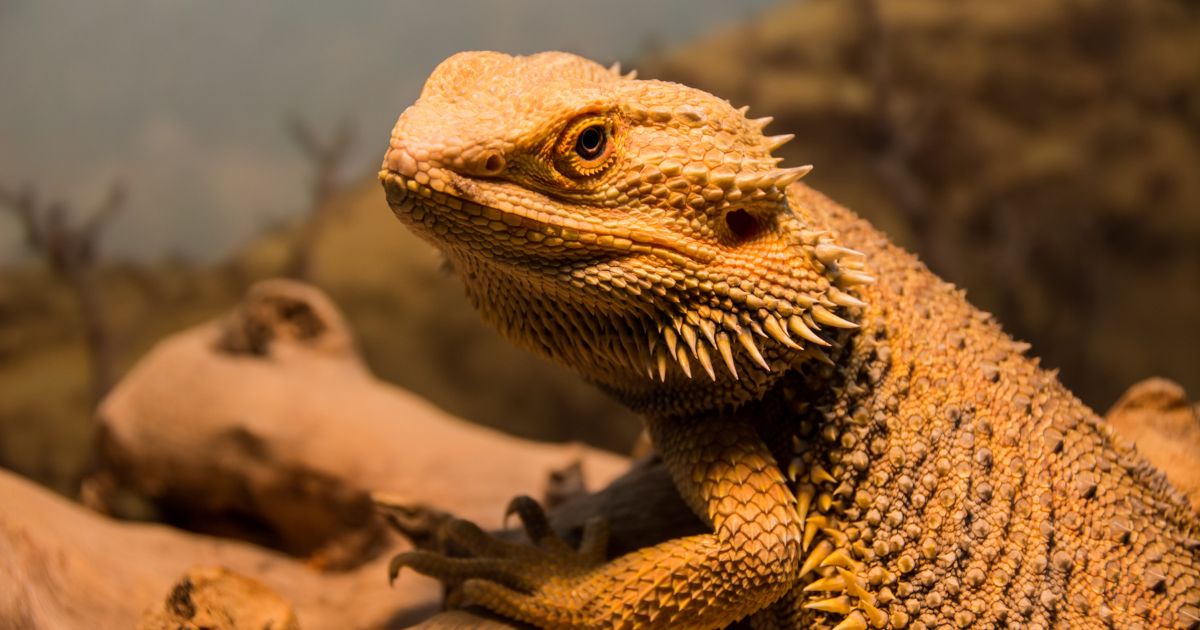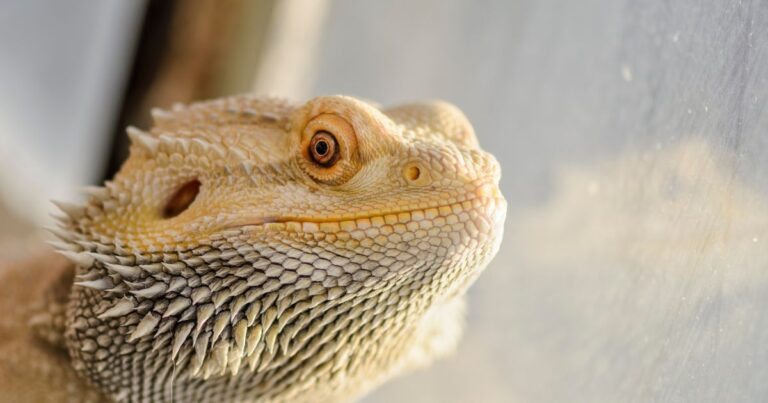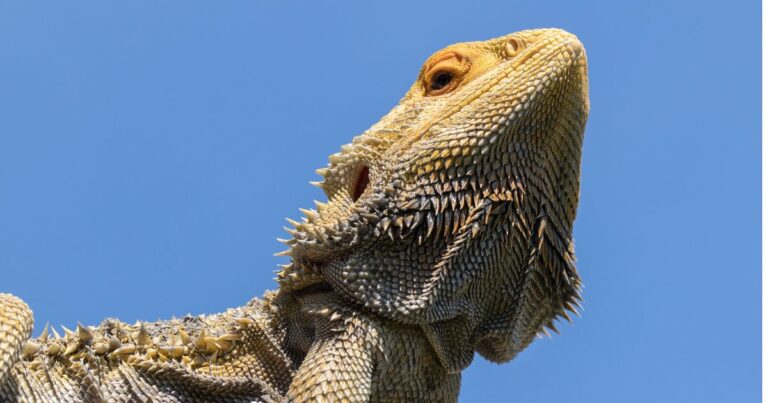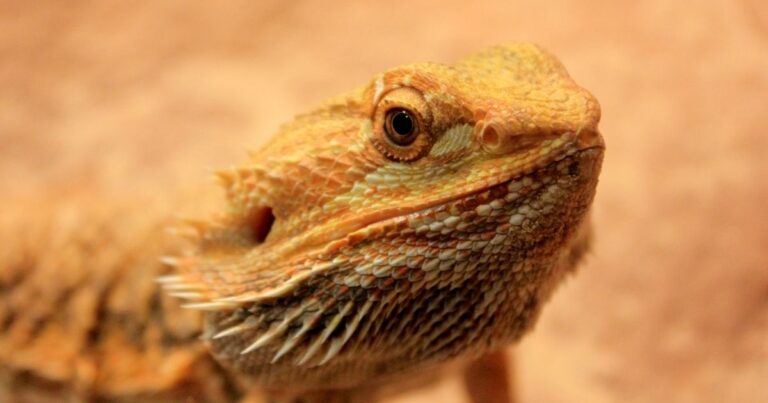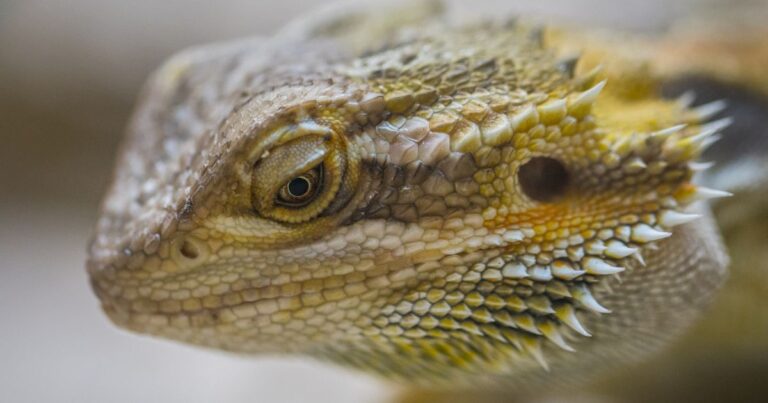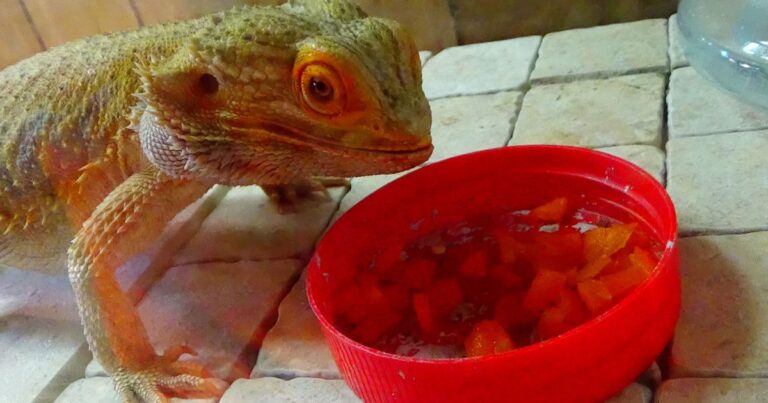Myth: Bearded dragons can hibernate or brumate without proper preparation
Myth: Bearded dragons can hibernate or brumate without proper preparation. Spoiler alert – they can’t! But why is this myth so popular, and what’s the real deal about bearded dragons and brumation? Stick around to uncover the truth!
Table of Contents
Key Summary Table: Myth: Bearded dragons can hibernate or brumate without proper preparation
| Title | Myth: Bearded Dragons Can Hibernate or Brumate Without Proper Preparation |
|---|---|
| The Myth | Bearded dragons can hibernate or brumate without any preparation. |
| The Origin | Misunderstanding of the brumation process and its requirements. |
| Why People Believe It | It simplifies the care process and is a nice thought. |
| The Truth | Bearded dragons do brumate, but it requires preparation and proper care. |
| Implications of the Myth | It can lead to improper care and potential health issues for the bearded dragon. |

Introduction
Hey there, dragon lovers! You know, just the other day, Gilbert, my bearded dragon, was lounging on his basking spot, soaking up the warmth like a tiny, scaly sunbather. As I watched him, I couldn’t help but think about a myth I’ve heard floating around in the dragon community. You’ve probably heard it too – the one about bearded dragons being able to hibernate or brumate without any preparation. Sounds a bit fishy, right? Well, that’s because it is! In this post, we’re going to debunk this myth and set the record straight.
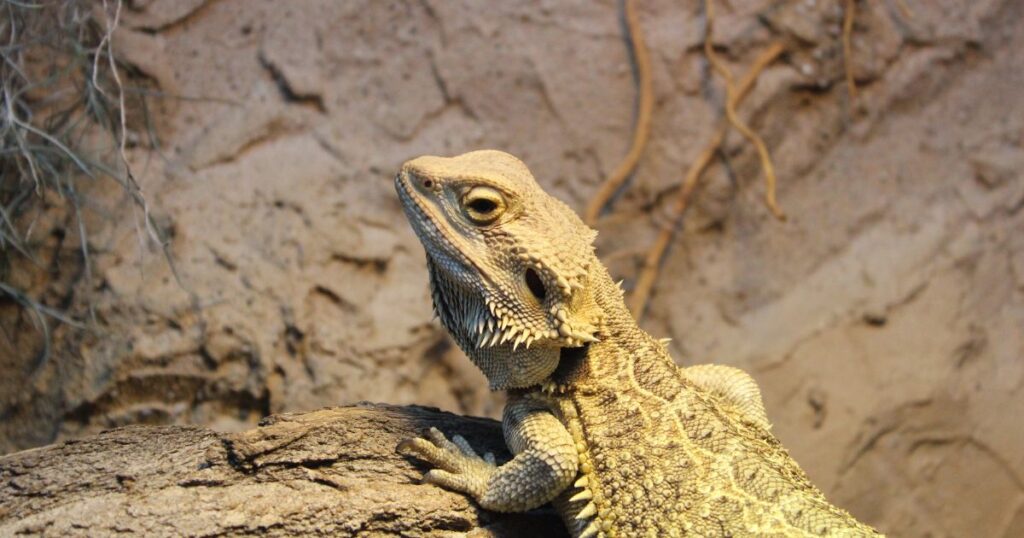
The Myth and its Origin
| Common Myths | Possible Origins |
|---|---|
| Bearded dragons can eat any type of insect. | Lack of knowledge about their diet. |
| Bearded dragons don’t need UVB light. | Misunderstanding of their natural habitat. |
| Bearded dragons can live in any temperature. | Ignorance about their heat requirements. |
So, where did this myth come from? It’s like a game of telephone that got out of hand. Someone heard that bearded dragons brumate, which is a bit like hibernation, and the next thing you know, there’s a rumor going around that they can do it without any preparation. It’s like saying you can run a marathon without any training – sounds ridiculous when you put it that way, doesn’t it? And yet, this myth persists, which is why it’s so important to get the facts straight.
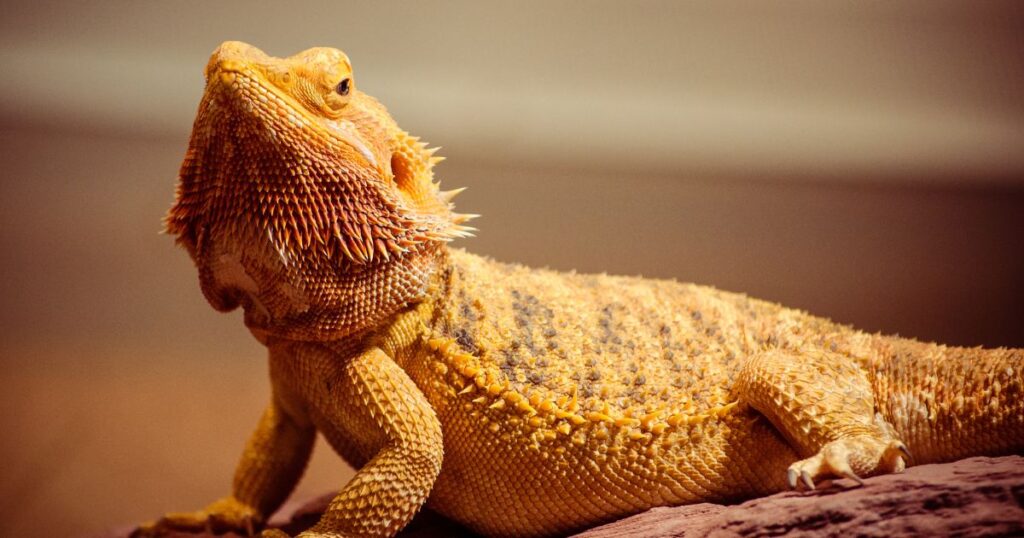
Why do People Believe the Myth
| Reasons for Belief | Why It’s Misleading |
|---|---|
| Simplifies care process | Ignores the unique needs of bearded dragons. |
| Based on other animal behaviors | Bearded dragons have specific behaviors and needs. |
| Lack of proper information | Can lead to improper care and health issues. |
Now, why would anyone believe such a myth? Well, it’s kind of like believing in the tooth fairy. It’s a nice thought, isn’t it? Your bearded dragon just curling up and taking a long nap whenever it feels like it. But just like the tooth fairy, this myth is a fantasy. Believing in it can lead to some serious misunderstandings about how to care for your bearded dragon, especially when it comes to their unique brumation process.
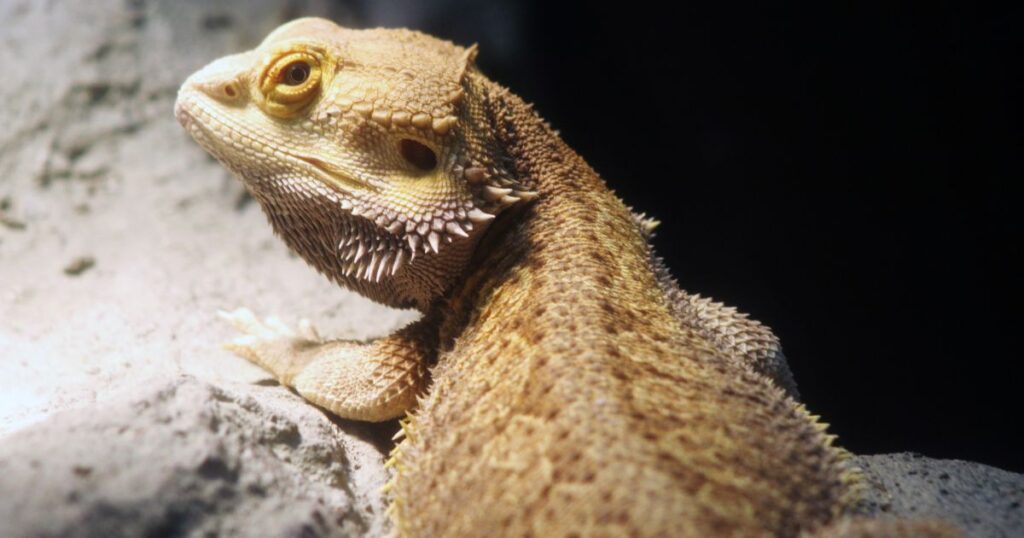
The Truth about Bearded Dragons’ Brumation
| Brumation Facts | Importance |
|---|---|
| Requires good health | Ensures the dragon can safely brumate. |
| Needs a safe environment | Provides comfort and security during brumation. |
| Diet may need adjustment | Prevents health issues during and after brumation. |
Brumation in bearded dragons is a fascinating process, akin to an artist meticulously preparing their canvas for a masterpiece. It’s not a spur-of-the-moment decision for these creatures, but a complex biological event that requires careful preparation and monitoring.
Firstly, it’s essential to understand that brumation is not the same as hibernation. While both involve periods of inactivity, brumation is a unique process that cold-blooded animals like bearded dragons undergo. During brumation, bearded dragons may sleep more, eat less, and generally be less active. However, they may occasionally wake up to drink water or even eat a little, which is not typical behavior during hibernation.
Before a bearded dragon enters brumation, they need to be in good health. Any underlying health issues can become exacerbated during this period, much like how a small mistake in a sketch can become glaringly obvious once you start adding color. Therefore, a vet check-up is recommended to ensure your bearded dragon is fit to brumate.
The environment also plays a crucial role in brumation. Bearded dragons need a safe and comfortable space to brumate, similar to how an artist needs a quiet and inspiring space to create. The temperature should be slightly cooler than usual but not too cold, and the enclosure should be clean and secure.
Dietary changes are another important aspect of brumation preparation. As brumation approaches, bearded dragons should be fed less, as a full stomach can lead to undigested food rotting in their gut during brumation. It’s like leaving wet paint on a brush for too long – it can lead to unwanted outcomes.
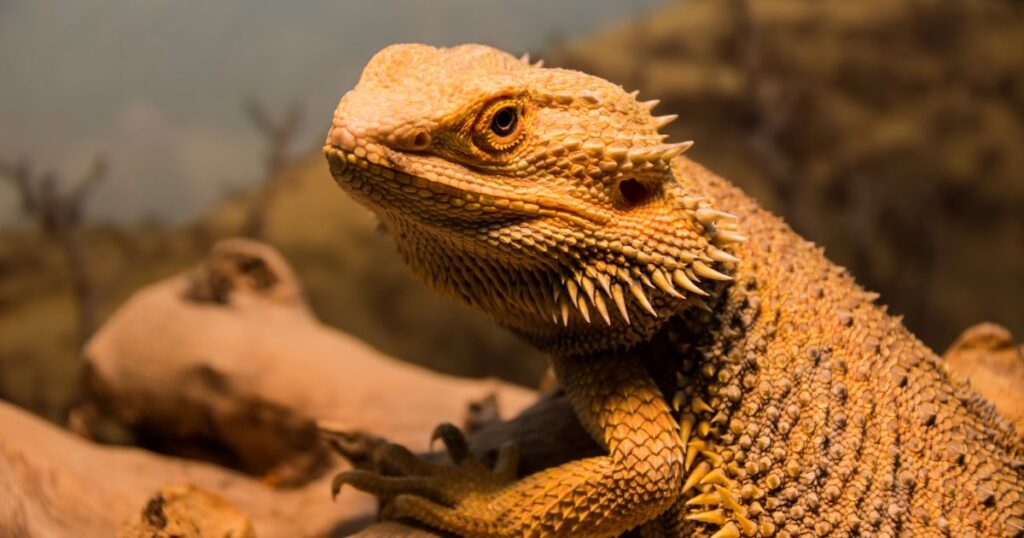
Step-by-Step Guide to Preparing for Bearded Dragon Brumation
Step 1: Monitor Your Bearded Dragon’s Behavior
Just as an artist observes their subject, start by observing your bearded dragon’s behavior. Signs of brumation include increased sleep, decreased appetite, and less activity. If you notice these changes, brumation may be on the horizon.
Step 2: Schedule a Vet Check-up
Before brumation begins, it’s crucial to ensure your bearded dragon is in good health. Schedule a vet check-up to rule out any underlying health issues. It’s like making sure your canvas is clean and ready before you start painting.
Step 3: Adjust Your Bearded Dragon’s Diet
As brumation approaches, your bearded dragon should eat less to avoid undigested food in their gut during brumation. Gradually reduce the amount of food you offer, similar to how you’d gradually add layers to a painting.
Step 4: Prepare the Environment
Ensure your bearded dragon’s enclosure is clean, secure, and slightly cooler than usual. This is their sanctuary for brumation, much like an artist’s studio is their sanctuary for creating.
Step 5: Monitor Your Bearded Dragon During Brumation
Even during brumation, it’s important to keep an eye on your bearded dragon. They may wake up occasionally to drink or eat a little. Continue to offer fresh water and remove any uneaten food promptly.
Step 6: Welcome Your Bearded Dragon Back
Once brumation ends, your bearded dragon will start to become more active again. Gradually reintroduce food and return the temperature to its usual range. It’s like adding the final touches to a masterpiece – the last steps are just as important as the first.
Remember, every bearded dragon is unique, and their brumation process can vary. Always consult with a vet if you’re unsure about anything. Just like art, there’s no one-size-fits-all approach to caring for bearded dragons.

The Implications of the Myth
| Potential Problems | Prevention |
|---|---|
| Health issues | Proper understanding and preparation for brumation. |
| Stress for the dragon | Providing a safe and comfortable environment. |
| Misinformation spread | Education and debunking of myths. |
Believing in this myth could lead to some serious problems. Imagine if you thought your bearded dragon could just hibernate without any preparation, and then they got sick because they weren’t properly cared for. It would be like thinking you could bake a cake without any ingredients – it’s just not going to work. Dispelling this myth is crucial for the health and happiness of our bearded dragon buddies.

The world of bearded dragons is full of myths and misconceptions, but with knowledge comes clarity
Conclusion
So, there you have it. The myth about bearded dragons being able to hibernate or brumate without any preparation is just that – a myth. It’s important to remember that caring for a bearded dragon is a responsibility, and understanding their unique needs is a big part of that. So, let’s keep learning, keep questioning, and most importantly, keep loving our bearded dragons.
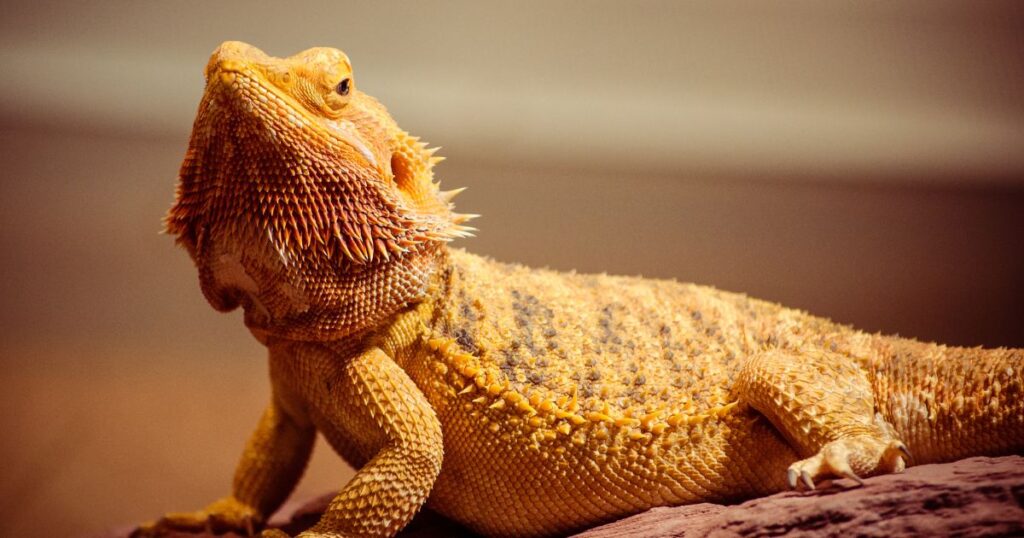
Call to Action
Have you heard any other bearded dragon myths that you’d like us to debunk? Or maybe you have a funny story about your own bearded dragon’s brumation antics? We’d love to hear from you! Share your stories, ask your questions, and let’s keep this conversation going. And remember, the next time you see your bearded dragon lounging on their basking spot, give them a little wink from me and Gilbert.
This post is part of my Bearded Dragon Facts category and the Bearded Dragon Common Myths and Misconceptions.
Other posts of interest: Myth: Bearded dragons can eat insects caught in the wild without risk and Myth: Bearded dragons can live solely on a diet of lettuce or vegetables
Disclaimer: This blog post is based on personal experiences and research. It’s always best to consult with a vet or a professional when it comes to the health and care of your bearded dragon.
Frequently Asked Questions
So, bearded dragons can’t just decide to hibernate one day, like me deciding to stay in bed on a Sunday?
Ha, I wish it were that simple! But no, bearded dragons can’t just decide to brumate out of the blue. It’s a process that requires preparation and proper care. It’s more like training for a marathon than deciding to have a lazy day.
Where did this myth even come from?
It’s likely the result of a misunderstanding about what brumation is and what it requires. It’s important to remember that not everything you hear is true, especially when it comes to the care of our scaly friends.
Why would anyone believe that bearded dragons can hibernate without preparation?
It’s a bit like believing in the tooth fairy, isn’t it? It’s a nice thought, but unfortunately, it’s not grounded in reality. Myths like these can simplify the care process, which is why they can be appealing. But it’s always important to do your research and understand the unique needs of your bearded dragon.
What’s the real deal about bearded dragons and brumation?
The truth is, bearded dragons do brumate, but it’s not as simple as taking a nap. They need to be in good health, have a safe and comfortable environment, and their diet may need to be adjusted. It’s a bit like us humans preparing for a big event – we can’t just wing it, we need to prepare!
What could happen if I believed this myth?
Believing in this myth could lead to some serious problems for your bearded dragon. It’s like thinking you can bake a cake without any ingredients – it’s just not going to work. Understanding the truth about brumation is crucial for the health and happiness of your bearded dragon.
I’ve heard other myths about bearded dragons. How can I know what’s true and what’s not?
Great question! The best way to know is to do your research and consult with professionals. And remember, if something sounds too good to be true, it probably is. Just like the myth about bearded dragons being able to hibernate without any preparation, it’s important to question what you hear and seek out accurate information.
